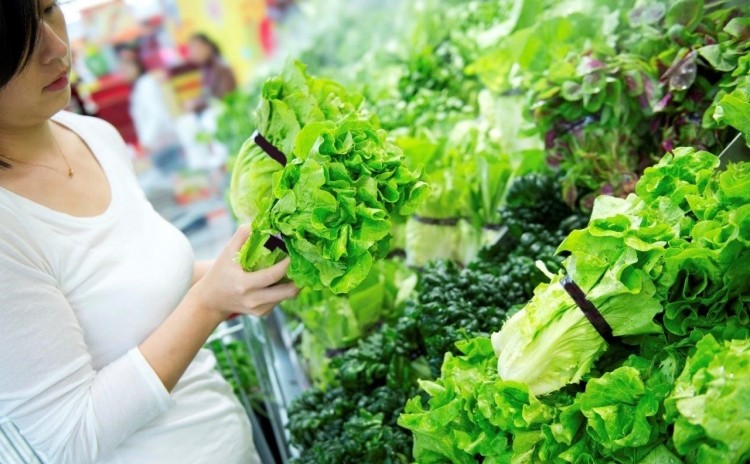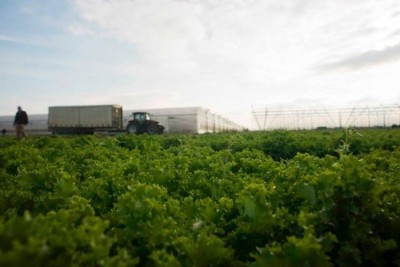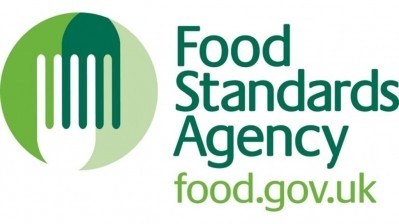Deadly norovirus found in one-in-20 lettuces

Of the 568 samples of lettuce examined, 30 (5.3%) were shown to be norovirus-positive, according to Prevalence of Norovirus in produce sold at retail in the United Kingdom study. Norovirus is more commonly known as the winter vomiting bug.
Of the 30 positive lettuce samples, 24 were grown in the UK – and 19 of those 24 samples contained the NoV GI genotype, which is known to infect humans.
Overall, 1,152 samples of fresh produce sold at retail in the UK were analysed for norovirus over a 13-month period. The study also found that 2.3% of fresh raspberry, and 3.6% of frozen raspberry samples were norovirus-positive.
Six out of the seven positively-testing fresh raspberry samples were imported, but no predominance of a genogroup, or any seasonality, was observed.
Frozen raspberries
Of the 274 samples of frozen raspberries observed, 10 were norovirus-positive. The country of origin of the positively-testing frozen raspberry samples was not identified in seven out of 10 instances.
The collected data added to the “currently limited body of prevalence information” on norovirus in fresh produce, the report authors said.
The data raised whether food safety management systems were being effectively implemented in these food supply chains, they concluded.
The FSA is currently funding a study to assess the contribution made by the food chain to the burden of UK-acquired norovirus infection.
The NoVAS study, which started in January 2014, is aiming determine how much norovirus in the UK is transmitted through contaminated foods, the role of infected food handlers in transmission and whether it is possible to differentiate between infectious (intact) and non-infectious (damaged) norovirus in a variety of food matrices. Results of the study are expected in spring or summer 2019.
Touching contaminated surfaces
While the vast majority of the estimated 2.8 million illnesses each year caused by norovirus are due to close contact between people and touching contaminated surfaces, a small percentage (around, on average, 2.5%) comes from contaminated food, according to the FSA.
“We know that outbreaks of norovirus have been caused by consumption of contaminated oysters and fresh produce, such as berries and salad, as well as from those who handle food for others,” an FSA spokesperson told Food Manufacture.
“That’s why we’re funding a large study to find out more about how we can reduce the burden of the norovirus illness in the UK through food. The results of this will be out next year.”
Norovirus is one of the major sources of infectious intestinal disease in the UK. Like many enteric viruses, there are a number of different routes of infection that are thought to be significant in the transmission of norovirus, which is most commonly passed from person to person.
Public Health England also produces an annual norovirus report of lab-confirmed cases.
















